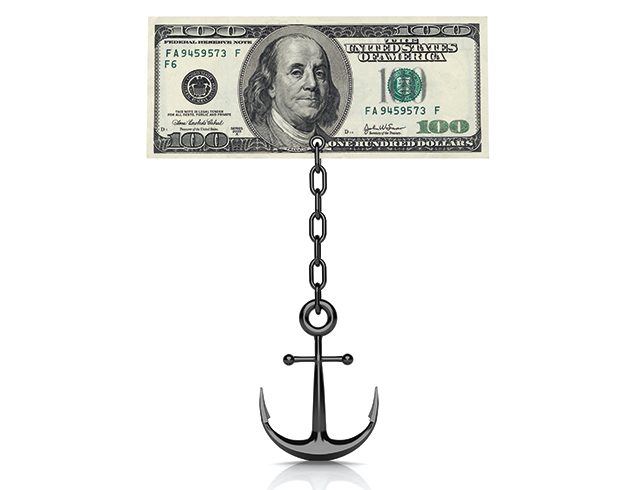Purchasing is about perception. Your customers make a purchase from you when they perceive that the value of your product or service justifies its cost. Building this justification is largely the role of marketing.
The exception for contracting, though, is one of serious discomfort related to a needed repair. Your customer wouldn’t be standing in the flood of a plumbing emergency, for example, and say, “Well, let me see what the next guy can do.” That perception is, “I need this fixed now.”
Yet, for the other “maybe I will, maybe I won’t” type of decisions, your marketing builds the value of the purchase. One way it does so is by anchoring the price. This is a concept that goes beyond the amount you are charging but takes whatever this amount is and presents it strategically.
Let’s say you show the manufacturer price on a new system, and your customer figures this social proof has some validity. This becomes the anchor. As you present an offer that continues to add benefits, the anchor starts to make sense. Then when you’re able to show how you can reduce the price for a limited time, this new price looks really good compared to the original price anchor.
Your customer still may not know why a system costs what it costs, but they do perceive that coming in 20% under manufacturer’s retail price is a good thing. Price anchoring is a shortcut that says to your prospect the offer is a good value.
Remember that for your customer, everything is relative. This is why silver, gold and platinum packages – or good, better, best models on new system offers – help customers make decisions. Most won’t know how to pick a price out of the air for what they’ll pay. They don’t know the cost of components, engineering processes or labor. But they do know how to compare one price and list of benefits to another.

